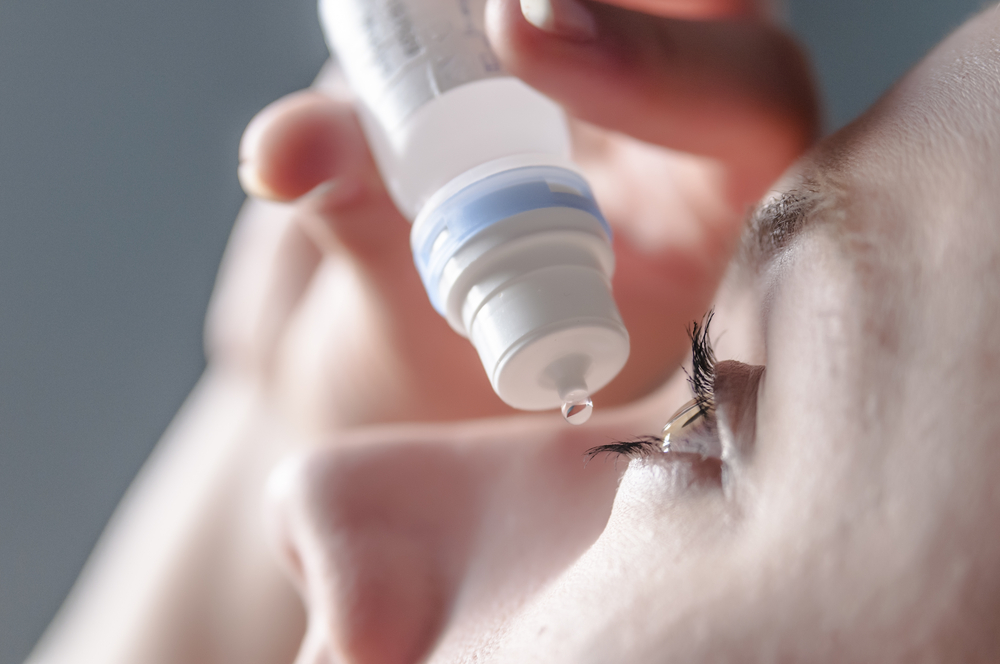News

Don’t put off tomorrow the care you need today. We are safely here for you. Click Here
Pink Eye – What is it and what to do about it?
April 12, 2023Pink eye, also known as conjunctivitis, is a common condition affecting millions worldwide. It occurs when the transparent membrane that lines the eyelid and covers the white part of the eye becomes inflamed. A variety of factors, including viral or bacterial infections, allergies, and exposure to irritants, can cause this.
Causes of Pink Eye

The most common cause of pink eye is a viral or bacterial infection. Viral conjunctivitis is highly contagious and usually spreads through coughing and sneezing. On the other hand, bacterial conjunctivitis is caused by bacteria and can be treated with antibiotics. Other causes of pink eye include:
- Allergies
- Exposure to irritants such as smoke or chemicals
- Wearing contact lenses for an extended period
In rare cases, pink eye can also be caused by certain sexually transmitted infections, such as chlamydia and gonorrhea.
Symptoms of Pink Eye
The symptoms of pink eye can vary depending on the cause and severity of the infection. However, some of the most common symptoms include redness, swelling, itching, tearing, and a discharge from the eye. The discharge may be watery or thick and yellow or green. The eyelids may become stuck together in severe cases due to the discharge. It's essential to seek medical attention if you experience any of these symptoms to ensure proper treatment and prevent complications.
Types of Pink Eye
There are three main types of pink eye:
1. Viral. Viral conjunctivitis is the most common type and is caused by a virus. It typically resolves on its own within a week or two.
2. Bacterial. Bacterial conjunctivitis is caused by bacteria and requires antibiotic treatment to clear up the infection.
3. Allergic. An allergic reaction to substances such as pollen, dust, or pet dander causes allergic conjunctivitis. It can be treated with antihistamines and other allergy medications.
Treatments for Pink Eye
The treatment for pink eye varies depending on the cause of the infection. In cases of viral conjunctivitis, treatment usually involves managing the symptoms, such as using over-the-counter eye drops to relieve discomfort. Bacterial conjunctivitis requires treatment with antibiotics to clear up the infection. Allergic conjunctivitis can be managed with antihistamines and other allergy medications. In some cases, your doctor may also prescribe steroid eye drops to reduce inflammation.
Prevention and Protection from Pink Eye
Prevention is the key when it comes to pink eye. The best way to protect yourself is to practice good hygiene. This includes washing your hands frequently, avoiding touching your face, and avoiding sharing personal items such as towels or makeup. If you wear contact lenses, you must follow proper hygiene practices, such as disinfecting your lenses regularly and avoiding wearing them for an extended period. If you develop pink eye, rest and use eye drops or ointments as your doctor prescribes. These simple precautions can minimize your risk of catching this common infection and keep your eyes healthy and clear.
Final Thought
From the tenderness and swelling of the eyes to a white or purplish discharge, pink eye can cause an array of symptoms, making it essential to seek a diagnosis from a medical professional. Here at Reedsburg Area Medical Center, we will help you identify the type of pink eye and recommend a treatment plan that works best for your individual needs. We have specialized healthcare teams equipped with professional knowledge to help you on your journey toward recovery, so if you’d like more information or would like to make an appointment with us, contact us today.
References:
https://www.finadvcorp.com/pink-eye-causes-symptoms-and-treatment/
https://www.verywellhealth.com/eye-mucus-types-3422108
https://informationkart.com/conjunctivitis-and-its-treatments/
